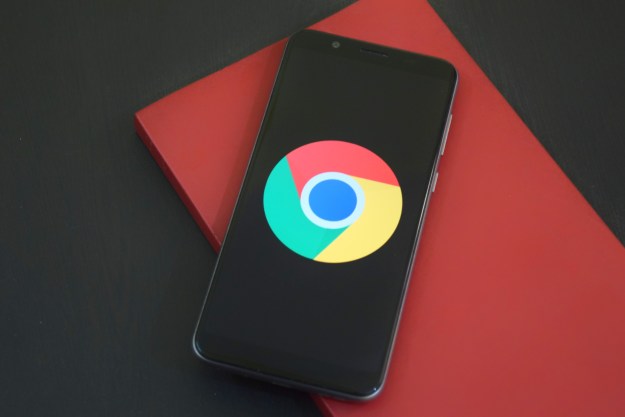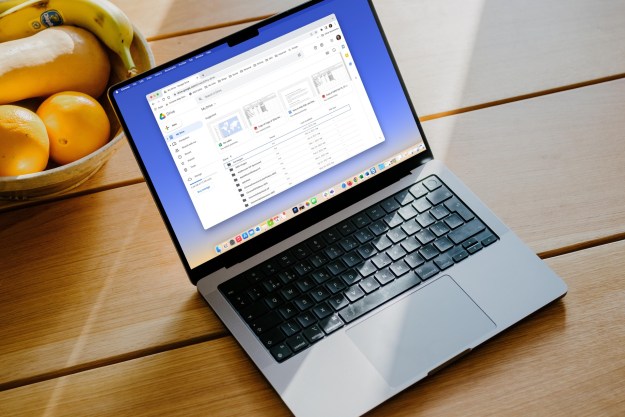When Google engineers sneeze, someone Twitters about it 4,000 miles away. So when the company, whose name is nearly synonymous with the Web, launches its own browser, it’s understandably pretty big news.
Reviewers have dissected Chrome’s new features up and down from every angle, but the big question remains: what kind of legs will this thing get? The answer, I predict, isn’t quite as cut and clear as all the naysayers on one side and enthusiastic Google fanboys on the other would have you believe. Google won’t hold a candle to Microsoft’s dominance of the market, but it will take Firefox’s place as the enthusiast’s browser of choice in the coming years. Here’s why:
1. Google’s browser will play nice with Google’s tools.
Call it “interoperability” if you must. It’s important. Google already has significant crowds latched onto features like iGoogle, Gmail, Google Maps, and other apps. It just needs to start offering extra functionality for these Web 2.0 apps when used with Chrome, and it creates a compelling reason for hordes of people to switch. After all, how many Firefox devotees still keep a copy of IE around to work with Microsoft features, like updating Windows? To some extent, Google is already working this angle. With the existing version of Chrome, you can place links to Web apps on your desktop, like Gmail, making them easier to access. It works with more than Google Apps, but you can easily imagine more Google-centric features propelling even larger crowds toward Chrome.
2. Google can market Chrome better than Mozilla can market Firefox.
Mozilla is just another software developer. Google is an empire. Unless you were one of the techie few who followed the Mozilla Foundation prior to the popularity of Firefox, you would likely have never stumbled upon the name. Google, on the other hand, has a monolithic presence on the Web that it can shove around to get Chrome noticed. In fact, it’s already happened: depending on which source you take as gospel, Chrome already has between one and three percent market share in just one day of its launch. That’s completely unprecedented, and no one, even Microsoft, could probably pull it off besides Google.
3. Chrome is just a better browser.
As a Firefox devotee, it’s tough for me to admit, but Chrome is the superior piece of software. It’s cleaner, faster, and retains the open source element that made Mozilla such a success. And I’m not the only person who thinks so. Reviewers have generally greeted Chrome with accolades, and whatever shortcomings have turned up so far can easily be dismissed by the fact that it’s still in beta, and open source tweakers can take it the rest of the way.
4. No one will conquer Microsoft.
In nearly four years since its launch, Firefox has only managed to hack away about 22 percent of the browser market for itself, despite its vast superiority to IE in almost every measure. While that’s impressive, Mozilla is still playing David to Microsoft’s Goliath, which holds about 70 percent of the market. Chrome will fare no better, because both browsers are battling against the same insurmountable enemy: complacency.
IE users use it because it comes preinstalled on their computers, it works, and they don’t have the desire for anything better. Trying to get them to try another browser, any other browser, is like trying to convince your dog to walk down a flight of stairs to drink Fiji water instead of drinking toilet water ten feet away. Whatever’s closer, thank you. Until Microsoft’s stranglehold on the operating system market dies, IE will remain the dominant browser.
Looking Forward
While Chrome’s future remains undoubtedly bright (and shiny,) at the end of the day there’s just not much that can be done to pry the majority share of the market out of Microsoft’s iron grip. But up at the head of the tech-saviness Bell curve, where power users swap between applications freely looking for the best features and performance, Chrome has its work cut out for it. Firefox, watch your back: there’s a new sliver on this pie chart, and it’s looking for room to expand.
Editors' Recommendations
- 5 web browsers you should use instead of Google Chrome or Edge
- How to clear your browser cache in Chrome, Edge, or Firefox
- How to change your Google background in Chrome
- How to change your language in Google Chrome on desktop
- The 23 best Google Chrome themes in 2024


